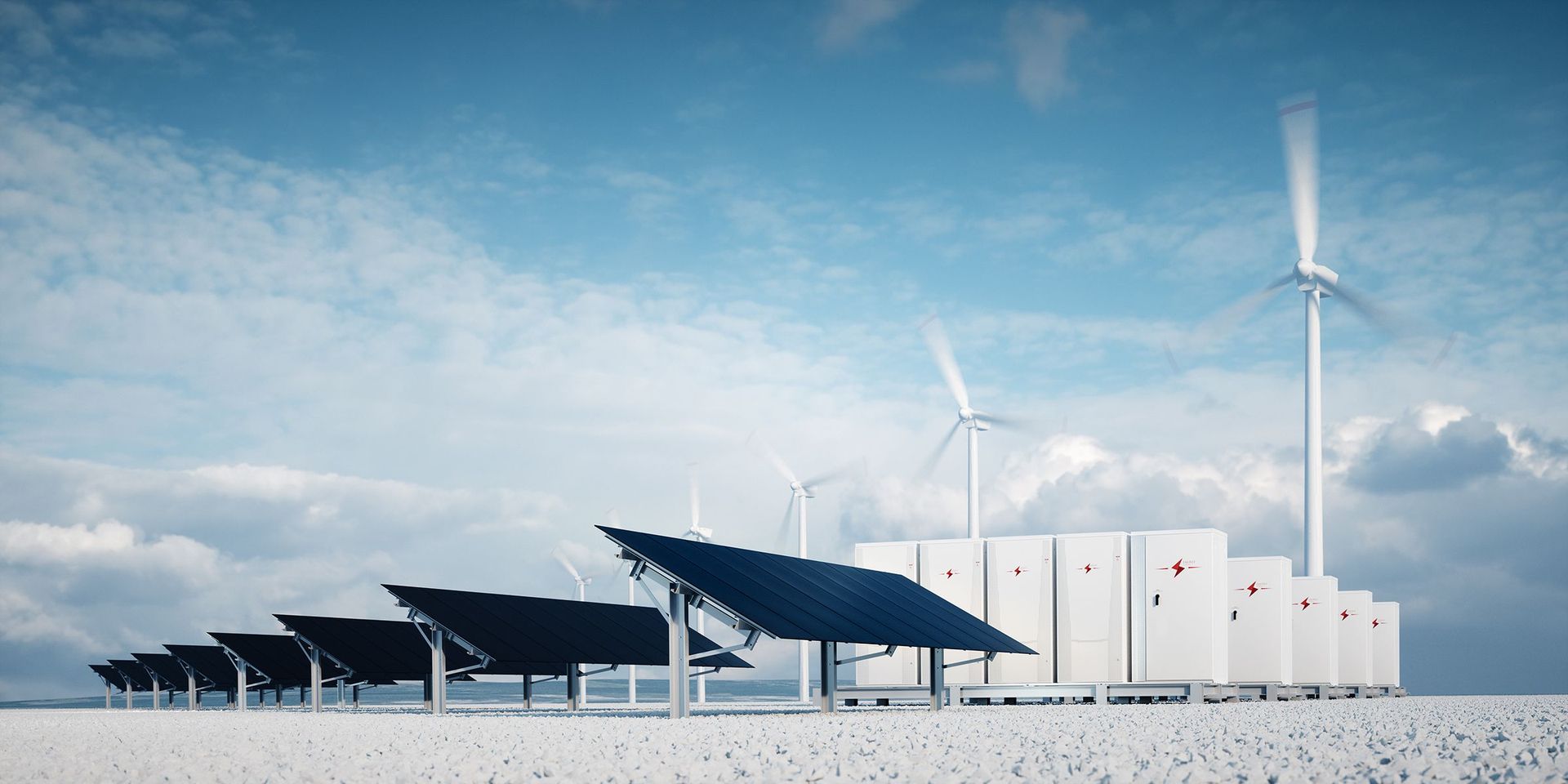
Virtual Power Plant
Benefit from a strong network
Electricity is not always worth the same amount. Thousands of members of our Virtual Power Plant benefit from this simple fact every day. Because they produce electricity when it makes economic sense and thus support the stability of the overall system. Or they consume electricity exactly when it is particularly cheap on the power exchanges. Thanks to the digital networking of electricity producers and consumers in our Next Pool virtual power plant and our access to various European electricity and balancing power markets, we coordinate the best possible use of electricity production and consumption. Discover now how participation in the virtual power plant strengthens your role in the electricity system - and how you can save costs or generate attractive additional revenues with us.
FAQ Virtual Power Plant
How does a virtual power plant work? Who can participate in the virtual power plant? How are plants that generate electricity from renewable energies connected to the virtual power plant? We answer these and many more questions in the frequently asked questions about our virtual power plant.
A virtual power plant is a digital swarm of decentralized renewable energy power producers - such as biogas, CHP, wind, solar and hydropower plants - and other decentralized power producers. The goals of this association are joint electricity marketing and the assumption of grid responsibility, for example by providing short-term reserves for grid operators. Electricity consumers are also part of our Next Pool virtual power plant: they benefit from variable electricity tariffs and contribute to the stability of the electricity system by shifting their electricity consumption over time.
The Next Pool is created by the digital, control technology networking of all participating electricity producers and consumers. The installation of new remote control units or the use of existing IT infrastructure (data loggers for PV inverters, energy management systems for electricity consumers) enable the exchange of data between the networked units and the central control system. The Next Pool control system then reads out current operating data from the individual units. This leads, for example, to better forecasts of the units' electricity consumption or production, and in turn enables far more accurate trading of electricity volumes. However, the control system also ramps up and down the networked units via switching commands, for example to provide the grid operators with short-term reserves or to automatically pass on favorable prices from the electricity exchange to electricity consumers.
On the one hand, the networking of renewable energies, other smaller, decentralized electricity producers and electricity consumers makes it possible to make better forecasts about the behavior of all players. Simply put, a virtual power plant improves forecasts of electricity production and consumption. This in turn - combined with savvy electricity trading of forecast volumes in short-term electricity markets - leads to more secure grid operations as fewer fluctuations enter the power system. Second, the Virtual Power Plant control system switches flexible units up or down - depending on demand in the power grids or electricity markets. A cloud passes over the solar farm? We ramp up electricity production from our networked bioenergy plants. More wind is blowing than expected? Flexible electricity consumers increase their consumption and benefit from the favorable wind energy. A grid operator needs short-term reserves to stabilize the grid frequency? Our swarm provides the necessary control energy. All this makes grid operation more secure. As a result, renewable energies can be expanded more quickly and conventional power plants can be shut down faster.
In the future, too, electricity will always come out of the socket when you need it - even if more and more renewable energies are added. And you may also be able to benefit financially from our virtual power plant yourself. To find out how, read our next question.
The costs for integration into the virtual power plant depend heavily on the technology used and the target market. The networking costs - and thus the market entry costs - are usually in the low three-digit to low four-digit range.
Get in Touch
Are you interested in our products or do you have questions about Next Kraftwerke Belgium? Contact us and we'll get back to you.
